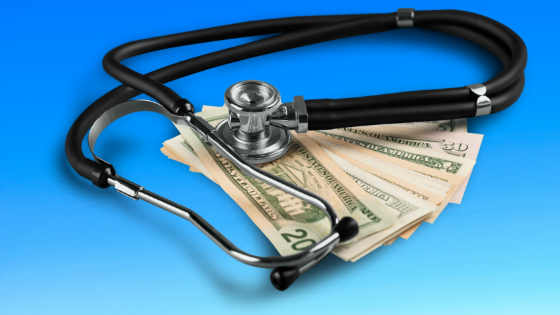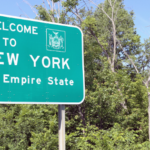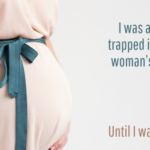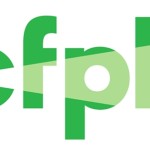The number of people who are covered under some form of health insurance is at its highest point ever, yet half of them would struggle if faced with the prospect of having to pay a medical bill of $1,000 within the next 30 days, according to a report released last week by The Commonwealth Fund.
More than 40% of those who participated in the survey were “inadequately” insured, meaning they had no insurance, had a gap in their coverage, or had some amount of coverage but were still underinsured. Those who were not insured tended to be younger, Hispanic, living well below the poverty line, in poorer health, and living in the South, according to the survey.
Overall, 42% of the survey’s respondents said they had a medical bill problem or debt problem last year, regardless of the amount of insurance coverage they had. Twenty-three percent of consumers were contacted by a collection agency about an unpaid medical bill, and 30% had problems paying or were unable to pay their medical debts.
Visits to hospitals were the most common source of medical debt, accounting for 49% of incurred debts, followed by a visit to the emergency room (39%), and a trip to the doctor’s office (36%).
Of those who had problems paying their medical debts, 41% said their credit scores had dropped, 39% said they had taken on credit card debt, 37% said they have used up all of their savings, 26% said they were unable to pay for basic necessities like food or rent, 22% said they delayed education or career plans, 8% said they took out a loan or mortgage, and 4% said they declared bankruptcy.









